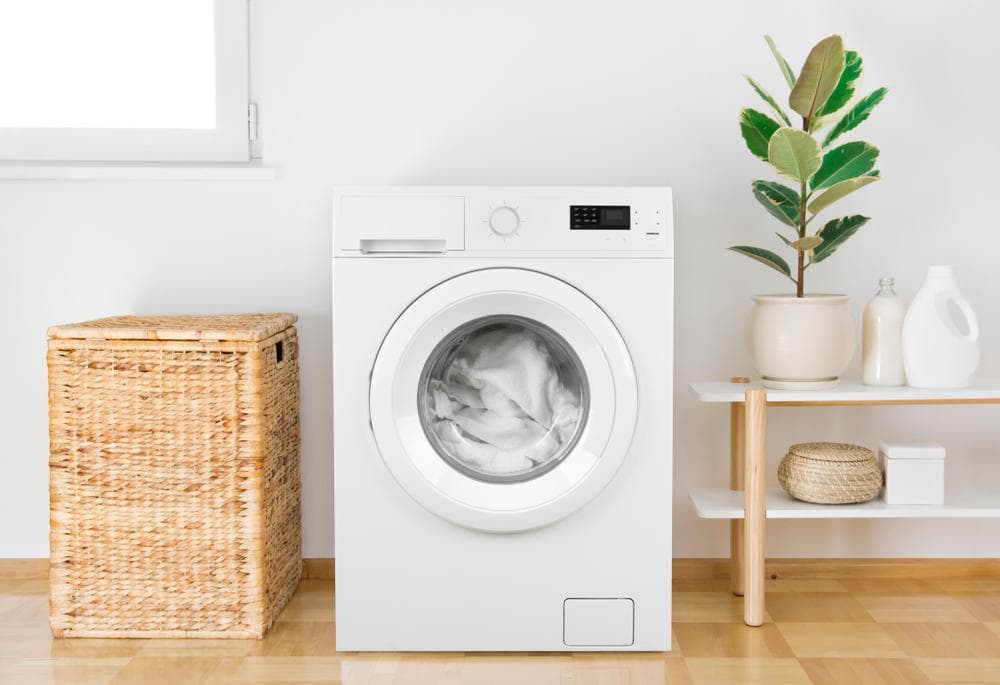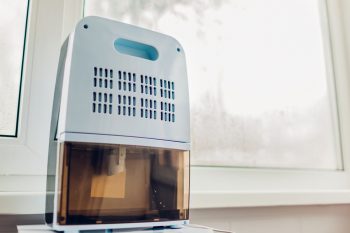
Testing a washing machine without water is a challenging task, but it can provide valuable insights into the machine’s overall health and functionality. This in-depth guide will walk you through the process, explaining what you can test without water, how to do it, and what signs might indicate potential issues.
Testing a washing machine without water involves checking components such as the power supply, spin and drain functions, and the diagnostic mode if available. Preliminary checks include inspecting the housing, examining the drum, checking the power supply, and verifying the water supply. Essential tools for testing include a multimeter, screwdrivers, a socket set or nut drivers, a continuity tester, a flashlight, and towels. Always follow safety precautions and be aware of the risks of testing without water, as it can potentially damage the machine.
What Can You Test Without Water?
While a full functionality test of a washing machine requires water, you can still check several components and functions without it. These include:
- Power supply: Ensure the washing machine is properly plugged in and the power supply is working.
- Spin function: Most washing machines have a separate spin function that doesn’t require water.
- Drain function: The draining function typically works without water.
- Diagnostic mode: Some washing machines have a diagnostic mode that allows you to test different components without water.
Preliminary Checks
Before testing a washing machine without water, perform these preliminary checks:
- Inspect the housing: Check for any damage or defects.
- Examine the drum: Ensure that the drum’s inner surface is perfectly smooth to prevent damage to delicate items during washing.
- Check the power supply: Make sure the washing machine is connected to a power source.
- Verify the water supply: Even though you’re testing the machine without water, ensure that the water supply valves are opened up all the way and that the water supply hoses are not kinked.
Essential Tools for Testing
Here are the essential tools you’ll need to test a washing machine without water:
- Multimeter: Used to test electrical components.
- Screwdrivers: Needed to open the washing machine and access its internal components.
- Socket set or nut drivers: Necessary for removing and tightening nuts and bolts.
- Continuity tester: Used to test the lid switch and other electrical components.
- Flashlight: Helpful for illuminating the internal components of the washing machine.
- Towels: Useful for catching any excess water that may be present in the machine.
Testing Specific Components
Several components of a washing machine can be tested without water. These components include the spinning function, draining function, housing and drum, electrical connections, control board and timer, inlet and drain hoses, legs and transportation bolts, and the pressure switch.
Signs of Potential Problems
During a non-water test of a washing machine, look for signs that may indicate potential problems, such as unusual noises, the drum not spinning, the washer not filling with water, leaks, odors, and imbalance.
Testing the Motor
To test if a washing machine’s motor is functioning properly without using water, disconnect the power supply, access the motor, disconnect the wires, and test the motor using a multimeter.
Testing the Spin Cycle Efficiency
It is possible to test the efficiency of a washing machine’s spin cycle without using water. One way to do this is by measuring the spin speed, which is measured in revolutions per minute (RPM).
Safety Precautions
When testing a washing machine without water, it is essential to take certain safety precautions to prevent damage to the machine or any potential hazards. These precautions include disconnecting the water supply, testing only specific functions, ensuring proper balance, unplugging the appliance, checking for obstructions, following the manufacturer’s guidelines, keeping children and pets away, and not attempting repairs yourself.
Risks of Testing Without Water
Testing a washing machine without water can cause damage to its components. When a washing machine operates without water, the first damage usually occurs to the valves and pumps. If the low or absent water pressure continues, the washer’s motor and electronic systems may suffer damage as well.
While testing a washing machine without water can be risky and may lead to damage if not done correctly, it is still a viable option if water is not available. Always follow the manufacturer’s guidelines and take necessary safety precautions to ensure a safe testing process.
Frequently Asked Questions
How can I access the diagnostic mode of the washing machine?
The method to access the diagnostic mode varies from one washing machine to another. You should refer to your washing machine’s manual or manufacturer’s website for specific instructions.
How do I use a multimeter to test the motor of a washing machine?
To test the motor using a multimeter, set the multimeter to the ohms setting. Then, touch one probe to one terminal and the other probe to the other terminal. The multimeter should give a reading. A reading of infinity indicates that the motor is open and may need to be replaced.
What are the signs of a damaged drum in a washing machine?
Signs of a damaged drum include visible dents, scratches, or cracks. You may also notice an unusual noise when the drum spins, or the drum may not spin at all.
What is the normal spin speed for a washing machine?
The normal spin speed for a washing machine can range from 500 to 2000 revolutions per minute (RPM), depending on the model and the program setting.
What should I do if I notice a problem while testing the washing machine without water?
If you notice a problem while testing the washing machine without water, it’s best to consult with a professional repair service. Attempting to repair a washing machine without proper training can lead to further damage.












